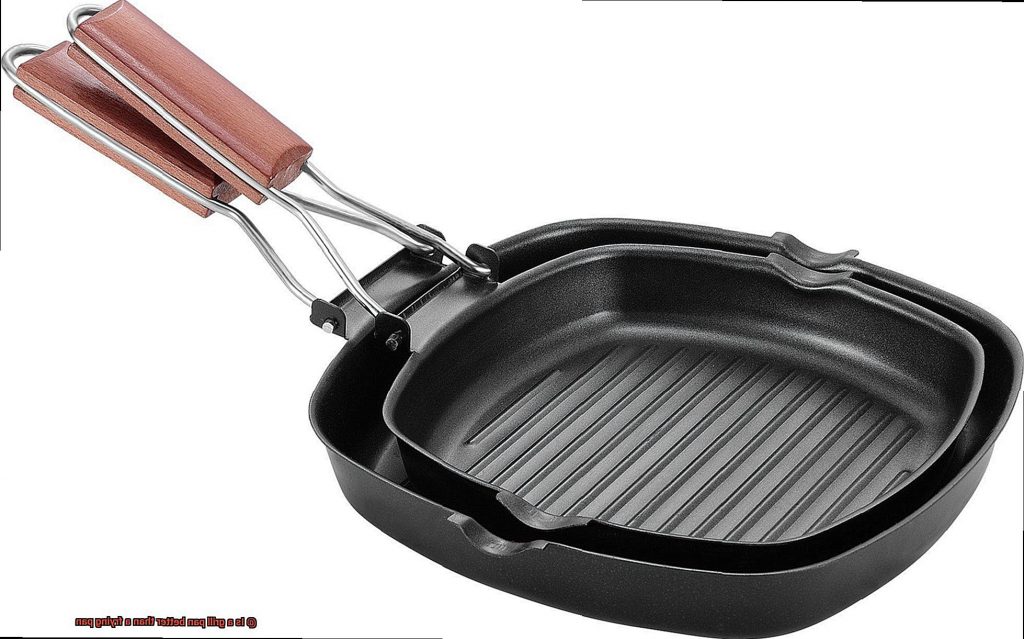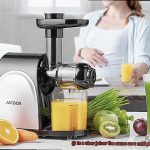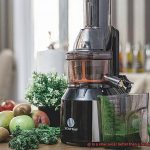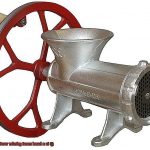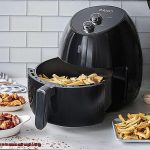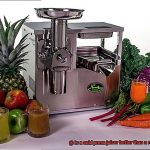Tired of your traditional frying pan leaving your food greasy and unevenly cooked? Ready to take your cooking game up a notch? Look no further than the grill pan. The age-old debate on whether a grill pan is better than a frying pan has been raging for years, but there’s no denying that when it comes to achieving that perfect char on your food, the grill pan reigns supreme.
But it’s not just about aesthetics. The raised ridges on a grill pan work wonders in allowing excess oils and fats to drip down, making for healthier meals and reducing the risk of overcooking. And with its versatility, you can use it on virtually any stovetop or even an outdoor grill, giving you greater flexibility when cooking different types of foods.
Sure, the trusty frying pan might be your go-to for whipping up quick meals, but let’s face it – all that oil can leave your food soggy and unhealthy. With a grill pan, you can achieve that same crispy texture without sacrificing taste or nutrition.
So if you’re looking to elevate your culinary skills and add some pizzazz to your meals, investing in a good quality grill pan might just be the way to go. Give it a try and see how this simple yet powerful kitchen tool can transform the way you cook.
Contents
Advantages of Using a Grill Pan
A grill pan might just be the answer you’re looking for. With its unique ridges, a grill pan can elevate your cooking game and provide several advantages over traditional frying pans. Let’s take a closer look at the benefits of using a grill pan:
First and foremost, a grill pan offers a healthier cooking method. The pan’s ridges allow excess fat and grease to drip away from your food, resulting in a reduced fat intake and a healthier meal. This is particularly useful for health-conscious individuals who want to maintain a balanced diet.
But that’s not all – the ridges on a grill pan create sear marks that enhance the flavor and aroma of your food. When exposed to high heat, the Maillard reaction occurs, which caramelizes the surface of the food and results in a deliciously crispy exterior. So not only will your meal be healthier, but it will also be more flavorful.
Another advantage of using a grill pan is its versatility. You can use it to cook a variety of foods, including vegetables, meats, and even sandwiches. Whether you’re grilling up some juicy chicken breasts or searing some fresh veggies, a grill pan is an excellent addition to any kitchen.
Time is precious, especially when it comes to preparing meals. Luckily, grill pans heat up quickly and retain heat well, which means they cook food faster than traditional frying pans. This is particularly helpful on busy weeknights when you want to enjoy a home-cooked meal but don’t have much time to spare.
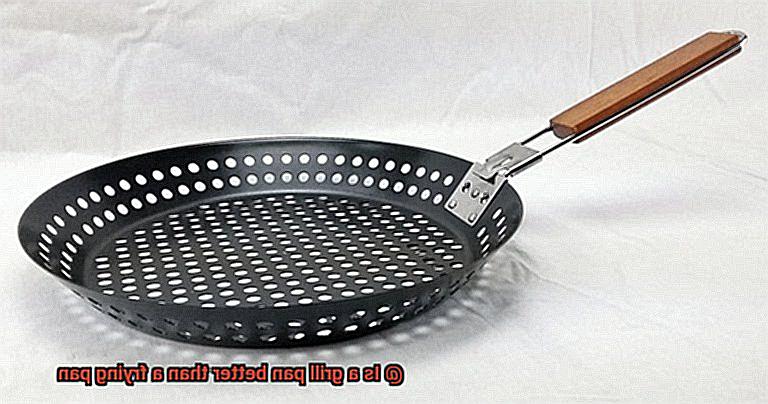
Last but not least, grill pans are easy to clean and maintain. Most are made of non-stick materials that prevent food from sticking to the surface, making them effortless to clean with just a damp cloth or by tossing them in the dishwasher.
Disadvantages of Using a Grill Pan
While these pans are certainly convenient, they do come with some potential pitfalls that you should take into account before committing to one.
One of the primary disadvantages of using a grill pan is that it can be challenging to achieve the same level of char and flavor as an outdoor grill. Although the ridges on a grill pan can create appealing sear marks, they don’t offer the same smoky taste and heat that comes from a real flame. This can result in a lack of depth in flavor and texture for grilled foods, leaving you feeling unsatisfied.
Furthermore, cleaning a grill pan can be a hassle. The ridges on the pan can trap food particles and grease, making it tough to scrub clean. This can also lead to the buildup of bacteria if not properly cleaned, which can pose serious health risks.
Another issue to consider is that grill pans don’t always distribute heat evenly. This can result in certain areas of the food being overcooked or undercooked, which can affect both taste and texture. It may take some trial and error to figure out the best way to use your specific grill pan to ensure even cooking.
Finally, it’s important to note that grill pans require some extra attention and care compared to standard frying pans. The ridges can make flipping your food a bit tricky, and the high heat required for grilling means you need to keep a close eye on things to avoid burning.
Advantages of Using a Frying Pan
As an expert in all things cooking, I have researched the advantages of using a frying pan and found several reasons why it’s the better choice. First off, cleaning and maintaining a frying pan is a breeze compared to a grill pan. Made of materials like stainless steel or non-stick coatings, they resist sticking and burning, leaving you with minimal cleanup.
But that’s not all. Frying pans are also incredibly versatile, capable of cooking everything from eggs to stir-fries to meats like chicken, steak, and fish. While grill pans can handle some of these dishes, they may not be suitable for others.
When it comes to delicate foods like fish or eggs, frying pans offer better control over the cooking process. The flat surface ensures even cooking and easy flipping and stirring without fear of food breaking apart on a grill pan.
Plus, frying pans are typically more affordable than grill pans without sacrificing performance or durability. Whether you’re a seasoned chef or just starting out in the kitchen, there are plenty of affordable options available.
Disadvantages of Using a Frying Pan
When it comes to cooking, frying pans are a kitchen staple that many home cooks rely on. However, it’s important to consider the disadvantages of using a frying pan before making your next meal. Here are some reasons why a frying pan may not always be the best option for your cooking needs.
Firstly, cleaning a frying pan can be an arduous task, especially if food sticks to the surface. It can be frustrating, time-consuming, and may require the use of harsh chemicals. In contrast, grill pans with their ridges make cleaning up much easier since food is less likely to stick.
Another disadvantage of frying pans is that they can produce a lot of smoke, particularly if you’re cooking on high heat or with oil. This can create a lot of splatter and smoke in your kitchen, which may not be ideal for all home chefs. Grill pans offer better ventilation and less smoke, making them a great choice for those who want to avoid filling their kitchen with smoke.
Additionally, frying pans can be limiting in terms of what types of food they can handle. They’re best suited for foods that require even and consistent heat such as eggs or pancakes. If you want to cook something with a crispy exterior and juicy interior like a steak or chicken breast, a grill pan would be a better option since it allows for more direct heat and creates those coveted grill marks.
Finally, frying pans aren’t suitable for outdoor cooking or for larger quantities of food. They’re designed for stove-top use only and shouldn’t be used on a grill or over an open flame. Grill pans are versatile enough to be used indoors or outdoors, making them perfect for grilling up larger quantities of food.
Comparison Between Grill and Frying Pans
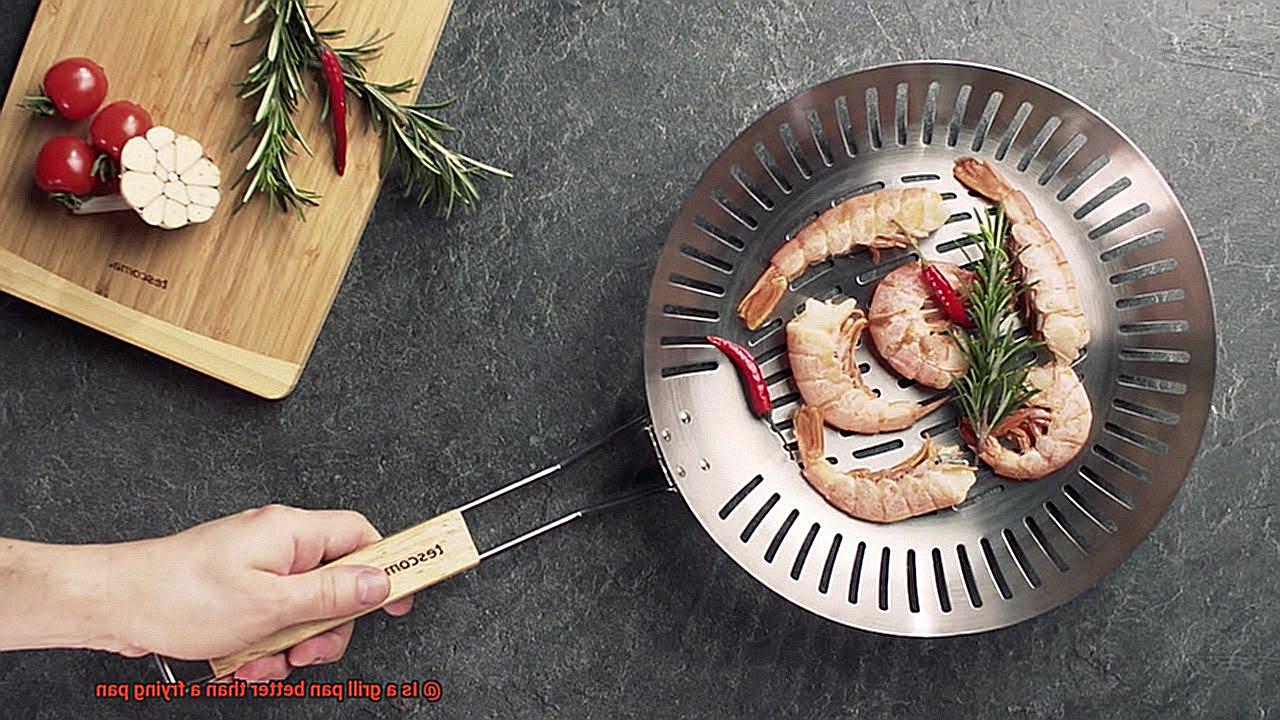
When it comes to cooking, selecting the right cookware is crucial. Grill pans and frying pans are two popular choices for cooking meats and vegetables, but what sets them apart? Let’s explore the differences between the two.
Grill pans are built with raised ridges that replicate the grill lines found on outdoor grills. These ridges allow for better airflow and excess oil drainage, resulting in a crispy exterior while keeping the interior tender. They’re perfect for meat lovers who yearn for the smoky flavor of grilled foods indoors. Grill pans work well for cooking meats like chicken breasts and steaks that tend to release a lot of liquid since the ridges help drain away excess liquid, preventing the meat from steaming and allowing it to sear.
On the other hand, frying pans have shallow sides and flat bottoms that provide even heat distribution and quick cooking. They’re versatile and can be used for sautéing, frying, stir-frying, and more. Frying pans are ideal for cooking delicate foods such as fish fillets, pancakes, eggs since they have a flat surface that prevents food from breaking or falling apart. They’re also great for sautéing vegetables since they allow you to toss them around effortlessly.
When it comes to cleaning, frying pans are generally easier to clean than grill pans since they have a smooth surface that doesn’t trap food particles easily. Grill pans require more effort to clean due to their ridges, but many come with non-stick coatings that make cleaning easier.
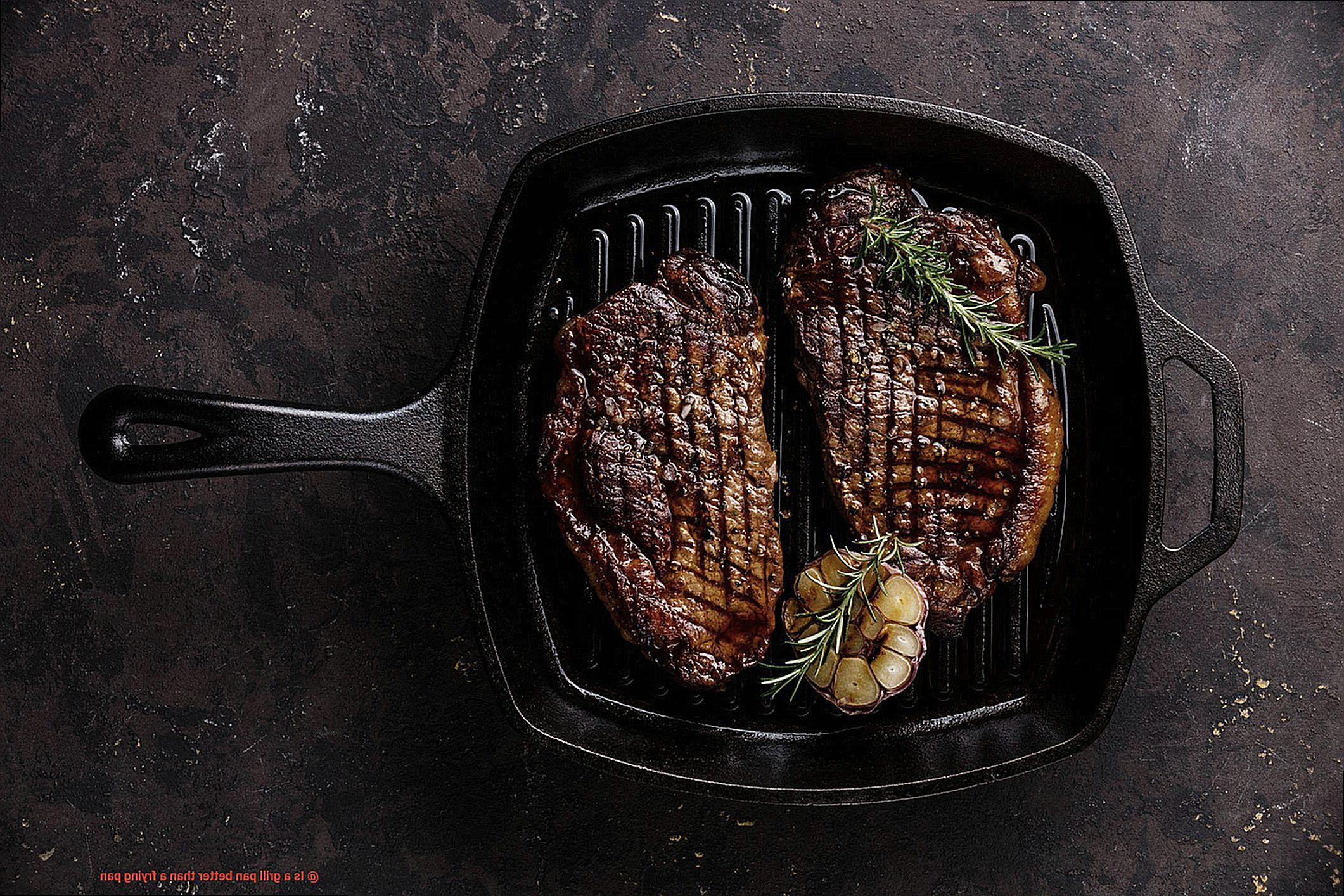
Factors to Consider When Choosing Between Grill and Frying Pans
When it comes to cooking, choosing the right pan can make all the difference. The debate between a grill pan and a frying pan has been ongoing, but there are several factors to consider before making a final decision.
The type of food you want to cook is the first factor to consider. If you’re looking to cook meats such as steak or burgers with those beautiful grill marks, then a grill pan is the way to go. However, if you want to cook breakfast classics such as pancakes and eggs or stir-fry dishes, then a frying pan would be more suitable for your needs.
Size matters. Grill pans are typically larger than frying pans, so if you’re cooking for a bigger group or need more space to cook your food, then a grill pan would be the better option. Conversely, if you’re only cooking for yourself or a small group, then a smaller frying pan would work just fine.
The material of the pan is also an important consideration. Grill pans are usually made of cast iron or stainless steel, which can withstand high temperatures and provide even heat distribution. Frying pans can be made of various materials such as aluminum, non-stick coatings, or stainless steel. Each material has its own advantages and disadvantages such as durability, heat retention, and ease of cleaning.
Your preferred cooking method is also a crucial factor. Grill pans are ideal for searing and creating those coveted grill marks on your food. However, they may not be suitable for cooking delicate foods that require precise temperature control. Frying pans offer more versatility in terms of cooking methods but may not provide the same level of flavor and texture as a grill pan.
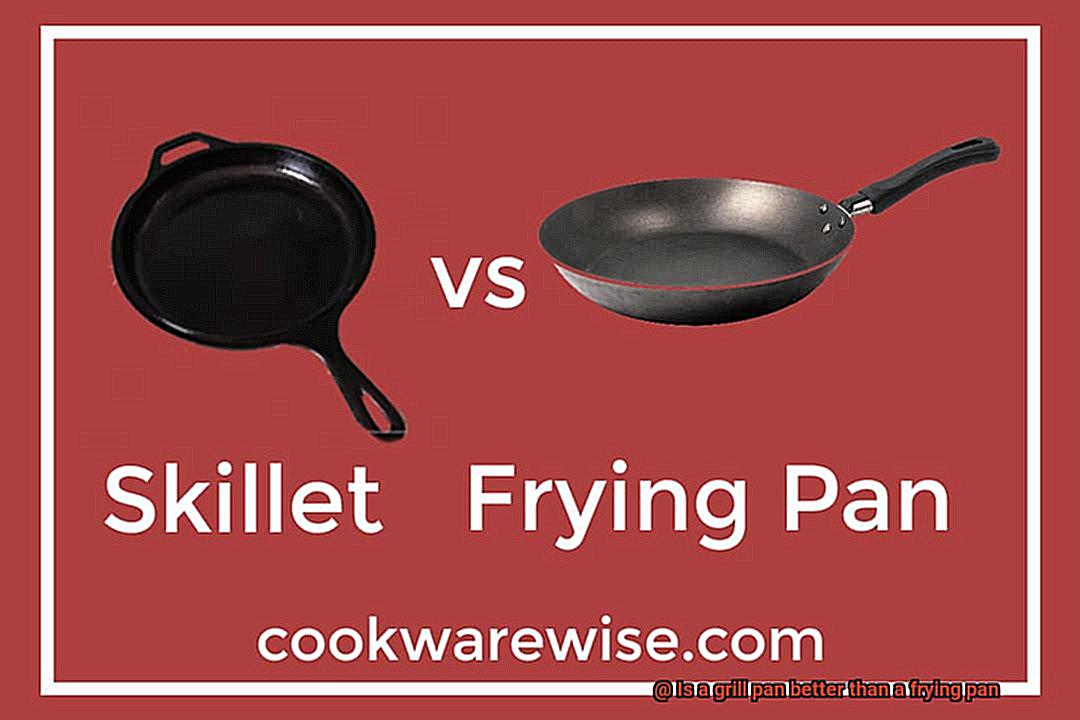
Lastly, consider your personal preferences and cooking style when choosing between a grill pan and a frying pan. Do you prefer the taste and texture of grilled foods? Do you need a large cooking surface? Do you prefer one type of material over another? These are all factors that can influence your decision.
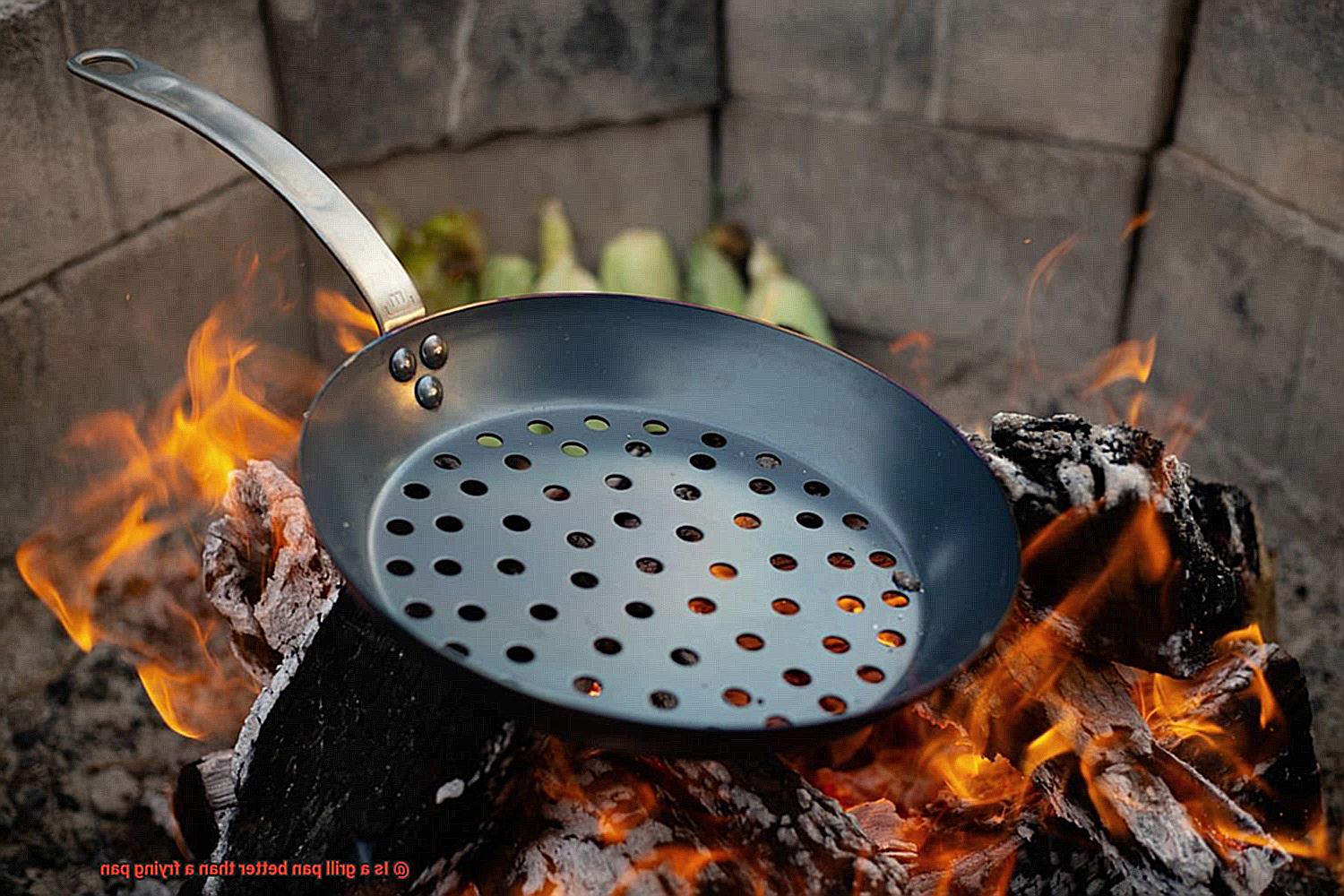
Tips for Cooking with Grill or Frying Pans
Grilling and frying are two popular cooking methods that can bring out the best flavor in your food. However, to achieve perfect results, it is essential to keep a few tips in mind when cooking with grill or frying pans.
Choose the Right Pan
Choosing the right pan for the job is crucial when cooking with grill or frying pans. A grill pan is perfect for achieving those beautiful char marks on your food, while a frying pan is better suited for dishes that require even heating and cooking in liquid.
Preheat Your Pan
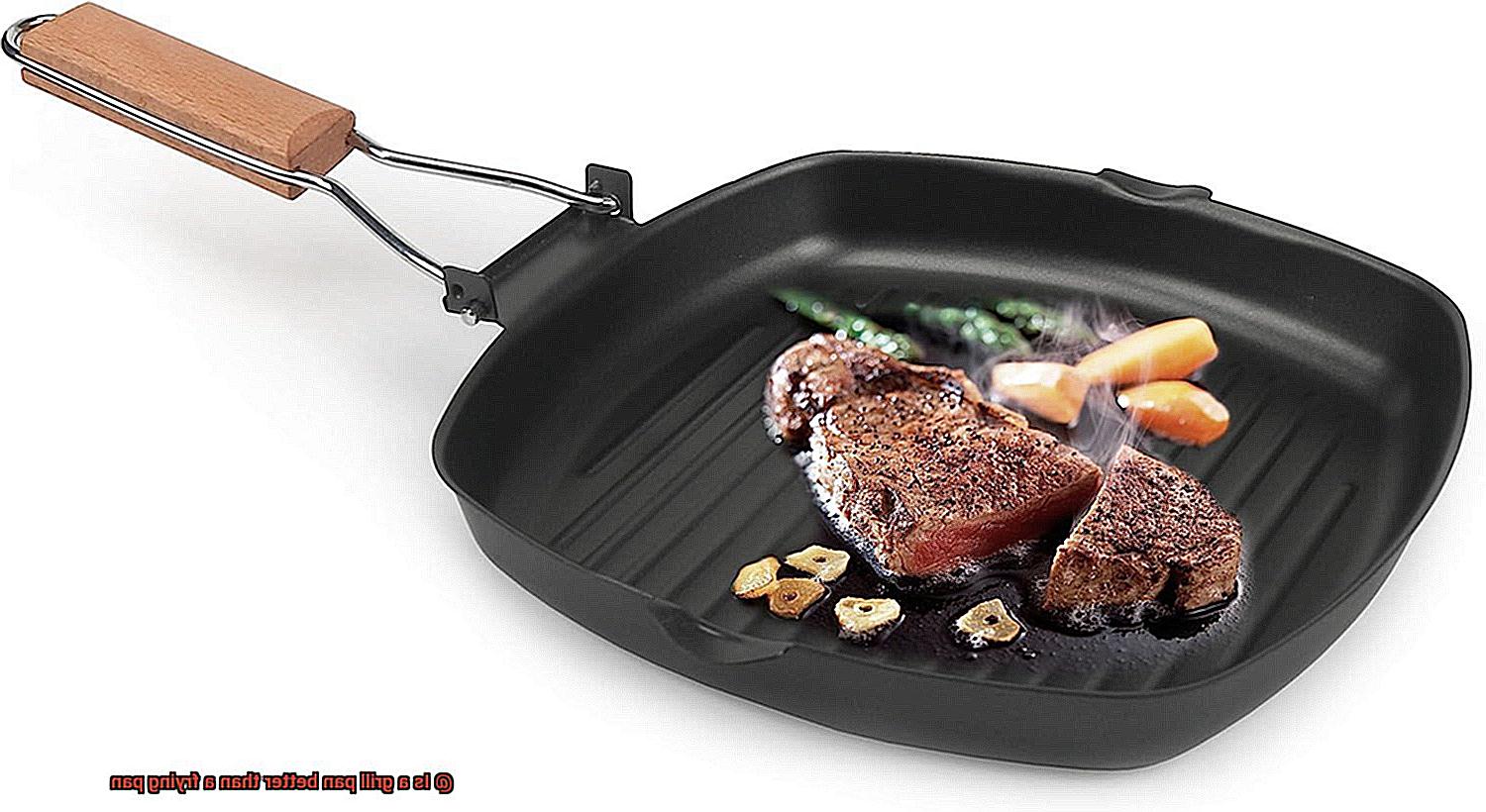
Preheating your pan before cooking is crucial to ensure even heat distribution. This helps prevent sticking and ensures that your food cooks evenly. You can test the temperature of your pan by flicking a few drops of water onto the surface. If they sizzle and evaporate immediately, your pan is ready.
Avoid Overcrowding Your Pan
Overcrowding your pan can lead to steaming instead of browning properly. This can result in soggy and unappetizing food. To avoid this, cook in batches if necessary or use a larger pan to ensure sufficient surface area for each ingredient.
Use the Right Amount of Oil
Using the right amount of oil is key when using a frying pan to prevent sticking and ensure even cooking. It’s also essential to know when to flip the food to ensure it cooks evenly. Use a spatula or tongs to flip the food while cooking.
Monitor the Cooking Temperature
Monitoring the cooking temperature is essential for both grill and frying pans to avoid burning your food. Adjust the heat accordingly and use a meat thermometer to check if your protein is cooked through.
Experiment with Different Oils and Seasonings
To add flavor to your dishes, don’t be afraid to experiment with different oils and seasonings. High-quality olive oil or butter can enhance the natural flavors of your ingredients. Remember to season your food with salt and pepper or other spices before cooking for maximum flavor impact.
XePesz19Uvg” >
Conclusion
In conclusion, the age-old debate of whether a grill pan or a frying pan reigns supreme has been a topic of discussion for years. Ultimately, the best choice depends on individual preferences and cooking needs.
Grill pans are the go-to option for those seeking that perfect char on their food while promoting healthier cooking by allowing excess fats to drip away. They’re versatile and can be used on any stovetop or outdoor grill. However, they can be challenging to clean, have uneven heat distribution, and may not provide that smoky taste you get from an outdoor grill.
On the other hand, frying pans offer unparalleled versatility, ease of cleaning, and are ideal for delicate foods like fish or eggs. They’re also more affordable than grill pans without compromising performance or durability. Nevertheless, they tend to produce a lot of smoke while limiting what types of food they can handle and require precise temperature control.
When deciding between a grill pan or a frying pan, consider factors such as the type of food you want to cook, size requirements, material preferences, preferred cooking method, and personal style.
Lastly, when using either pan type for your culinary creations, it’s crucial to choose the right one for the job. Preheat your pan correctly and avoid overcrowding it with ingredients. Use just enough oil while closely monitoring the temperature.

